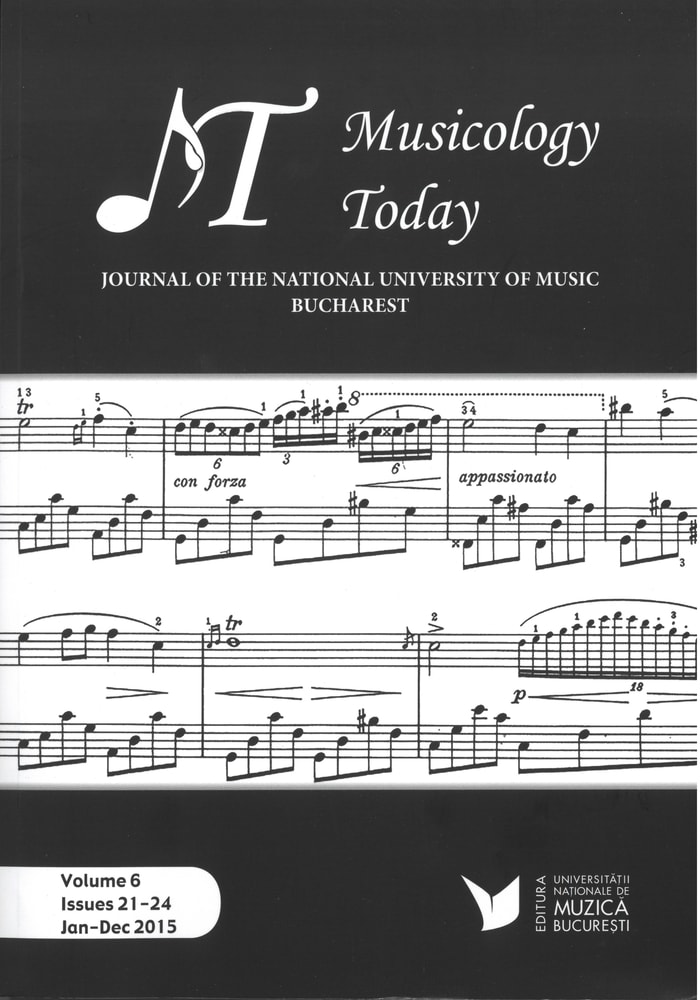Eduard Hanslick—an Aesthetics of Autonomy?
Eduard Hanslick—an Aesthetics of Autonomy?
Author(s): Monica Gurău-MihalacheContributor(s): Dragoş Manea (Translator)
Subject(s): Music
Published by: Editura Universității Naționale de Muzică din București
Keywords: Eduard Hanslick; aesthetics of feeling; music as an imitation of affect;
Summary/Abstract: The majority of Eduard Hanslick’s commentators have unfortunately only evaluated and valued his work from the point of view of the author’s opposition to the aesthetics of feeling and to the treatment of music as an imitation of affect. He indeed distanced himself from it by way of the position he advocated, according to which every art has its own independence and, for that reason, can only be correctly analyzed through the lens of the form which constitutes its visage. With scientific examination at the core of its preoccupation, the object of aesthetic study, in Hanslick’s view, undoubtedly remains the musical work. His writings lie at the intersection of several, sometimes contradictory, influences, as the interpreters have underlined. In contesting the accusation that he was a “rigid formalist,” I do not aim to reveal a confused eclecticism. For his intentions led, in fact, to an aesthetics of autonomy, one that, as we shall see, called on scientific methods to observe a field that did not belong to the dimension of the real, of the material. Hanslick’s theory on the autonomy of music, maintained in not always solidly construed argumentation, is inspired not only by romantic precepts, but also by those belonging to scientific objectivism. As I have attempted to demonstrate, analytic modalities offer access to the autonomous musical structure owing to its creation through similar means. The process of composition is thus defined as a spiritual activity made possible through Phantasy, a term which actually points to the creativity of every individual who writes a score. The notion also indicates an essential moment of the autonomy of the musical piece, through the part it plays in delineating a few characteristics of the phenomenon: objectivity, intentionality, temporality, and historical independence. We are dealing with an analytic perspective that is not in the least speculative, nor, however, strictly formalist. Rigorousness, but also a piquant style, define Eduard Hanslick’s writings, this true 19th century practitioner of aesthetics, a personality with an obviously sharp insight into the nature of art. His endeavors certainly represent a first attempt at leading the study of music towards modernity.
Journal: Musicology Today: Journal of the National University of Music Bucharest
- Issue Year: 6/2015
- Issue No: 22
- Page Range: 43-61
- Page Count: 19
- Language: English

